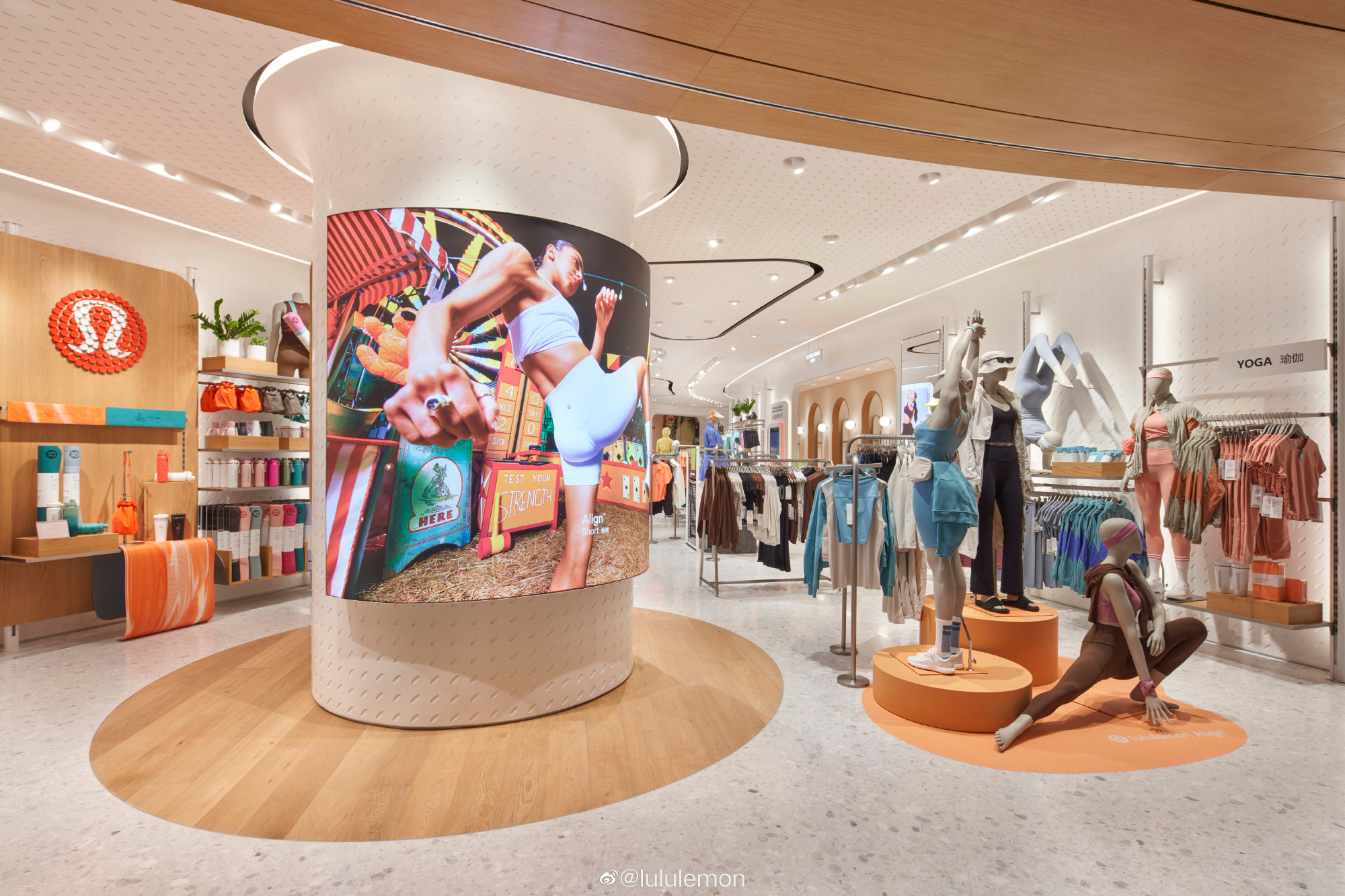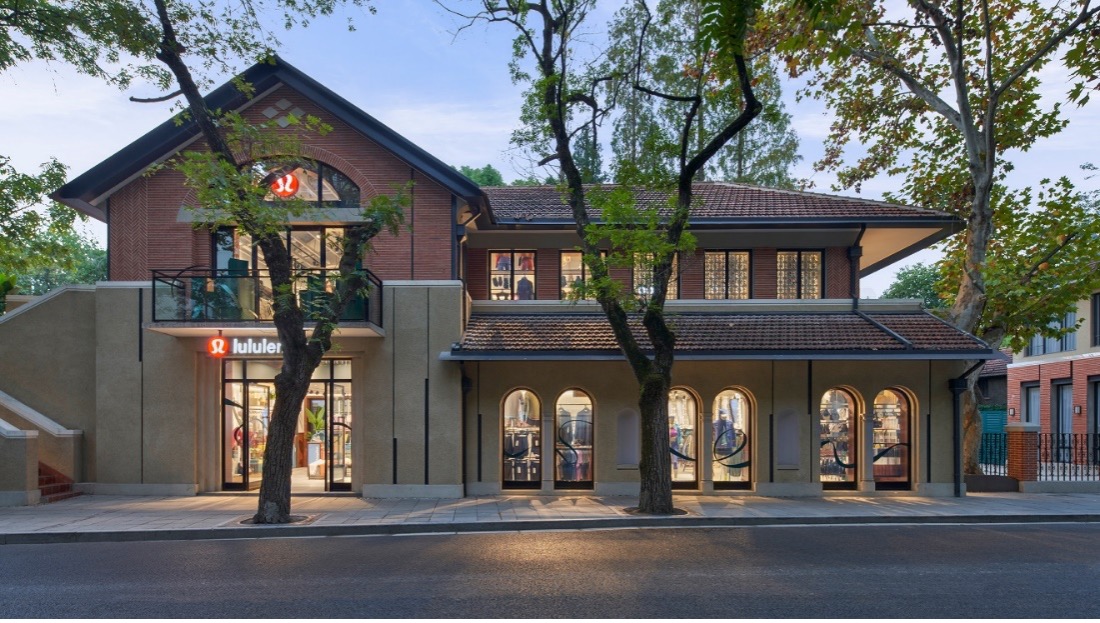On December 11, the stock price of Lululemon, a Canadian athletic apparel manufacturer, broke through the $500 per share mark, reaching a historic high of $507.44 per share. It closed the day at $502.74 per share, valuing the company at $63.4 billion.
As one of the best-performing sports enterprises in the capital market this year, Lululemon’s stock price has risen over 55% since the beginning of the year, narrowing its gap with industry leader Nike (whose stock price has risen about 3% this year, with a current market value of $180.5 billion).
The latest financial report from Lululemon was a catalyst for this surge. According to the Q3 2023 financial report ending October 29, its net revenue increased by 19% to $2.2 billion, exceeding expectations. Revenue from the Chinese market soared by 53%, driving a 49% increase in international business net revenue.
In a post-earnings call, CEO Calvin McDonald candidly stated that China has become an important market outside of North America, and the company will continue to rely on China to accelerate its growth potential.

McDonald further mentioned that there are several favorable factors in China: the current market size is relatively small, offering significant growth potential, and the company’s increasing localization efforts, including collaborations with local fitness studios, influential instructors, and hosting localized community events.
He also discussed the “Good State Art Gallery” event initiated in Shanghai, which attracted over 12,000 customers and received more than 1,600 news reports in China, with over 3 billion social media exposures.
During discussions about the Chinese market, the term “store” was repeatedly mentioned. Lululemon currently has 114 stores in China and plans to open approximately 55 new stores globally in fiscal 2023, about 35 of which will be in international markets, with most planned in China.
According to Tong.Luxe.CO, Lululemon has opened over 20 stores this year, including in Jinan MixC, Guiyang Hunter City Plaza, Wuxi Center 66, Zhengzhou David Plaza, Nanchang MixC, Zhengzhou Zhenghong City, Changsha Wangfujing Department Store, Taiyuan MixC, Shijiazhuang MixC, Chengdu Saiho, Shanghai Grand Gateway 66, Tianjin Joy City, Shenzhen Shum Yip Upperhills, Hangzhou Paradise Walk, Chongqing Paradise Walk, Beijing One Indigo, Beijing WF Central, Changchun MixC, Wuxi Coastal City Shopping Center, Shanghai Bailian Xijiao Shopping Mall, and more than 20 others, many of which are the first in their respective locations.
Additionally, Lululemon’s stores in Shanghai Jing’an Kerry Centre, Zhengzhou Dennis David City, and Shanghai Bicester Village were re-opened after renovations, and in November, the first men’s pop-up space in China was launched in Shanghai Hongqiao Tiandi.
McDonald expressed satisfaction with the performance of new stores opened this year, both in terms of total revenue and sales per square foot, covering first, second, and third-tier cities. Future plans include further optimization of store locations in key cities like Shanghai and Beijing.
McDonald specifically mentioned the Shanghai Jing’an Kerry Centre store, which reopened in March as the brand’s largest in the Asia-Pacific region. “This store’s performance has been outstanding, demonstrating accelerated growth for the brand there.”

In addition to the Chinese market, men’s wear was another focus of the call. In the third quarter of fiscal 2023, men’s wear achieved a 15% growth, slightly lower than women’s wear (19%) and accessories (29%).
“Men may become more conservative in clothing purchases when there is some uncertainty in the macro environment,” McDonald said.
He acknowledged that Lululemon’s men’s wear still has relatively low global recognition. In terms of brand awareness, Lululemon’s men’s wear is at about 13% in the U.S. and 12% in Australia, with single digits elsewhere globally. “Building awareness remains our top priority.”
McDonald revealed plans to launch men’s shoes in the first quarter of 2024 and aims to increase the unaided awareness of Lululemon men’s wear in North America to about 25%.
*Unaided Awareness: The proportion of consumers who can actively recall a brand or advertising message without prompting, out of all consumers.

| Source: Official financial report, earnings call
| Image Credit: Group official website, Weibo
丨Reporter: Wang Jiaqi
| Editor: LeZhi



